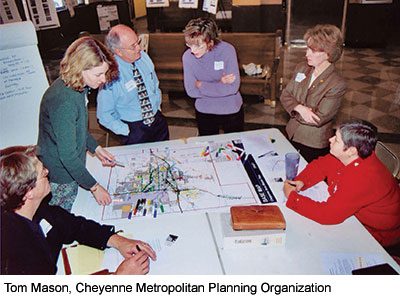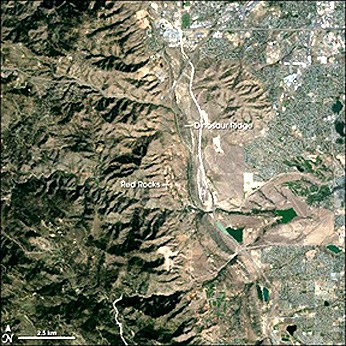Contributed by Andy Stahl
Forest planning has been hijacked by a generation of planners who turned what should have been a narrowly-focused effort to constrain an out-of-control Forest Service logging program and turned it into a wasteful, endless, bureaucratic exercise with little merit. Let’s review what the National Forest Management Act actually requires of plans and the planning regulations. The reader can follow along here:
http://www.law.cornell.edu/uscode/16/usc_sec_16_00001604—-000-.html
Here’s what a NFMA plan must contain:
1) the “planned timber sale program” including the “proportion of probable methods of timber harvest.”
That’s it. There is no second item.
Now look at what NFMA requires of the planning regulations. First, there must be guidelines
1) to identify the suitability of land for resource management;
2) for obtaining inventory data; and,
3) for identifying special conditions or situations involving hazards.
Second, the planning rules must
1) insure that economic and environmental matters are considered in the forest plan;
2) insure that plans provide for diversity of plant and animal communities;
3) insure plans address research and evaluation of management systems to prevent substantial and permanent impairment of land productivity;
4) permit increases in harvest levels based on growing trees faster;
5) ensure that timber will be harvested only where soil, slope or watershed conditions will not be irreversibly damaged, land is restocked within 5 years, protection is provided to water from detrimental changes, and harvest methods are not chosen based on greatest dollar return or unit output; and, finally,
6) ensure that even-aged cutting is used only where it is appropriate, natural appearing, not too big, and protective of other resources.
That’s it. When read in the context of the times, i.e., the clearcutting scandals of the mid-1970s, it makes perfect sense that what Congress sought were timber sale programs for each national forest that ensured logging levels and methods were light-on-the-land and protected other resources.
In the 1980s, with national forest logging beyond 10 billion and up 12 billion board feet annually, that was no mean feat. Today, with logging at or below 3 billion board feet, forest planning ought to be a snap. But only if the Forest Service sets its cross-hairs only on the target Congress demanded. Otherwise, it will continue to take 15 or more years to write 15-year plans that will make no decisions and be irrelevant in the real world the day they are signed.
Andy Stahl is the Executive Director of the Forest Service Employees for Environmental Ethics






